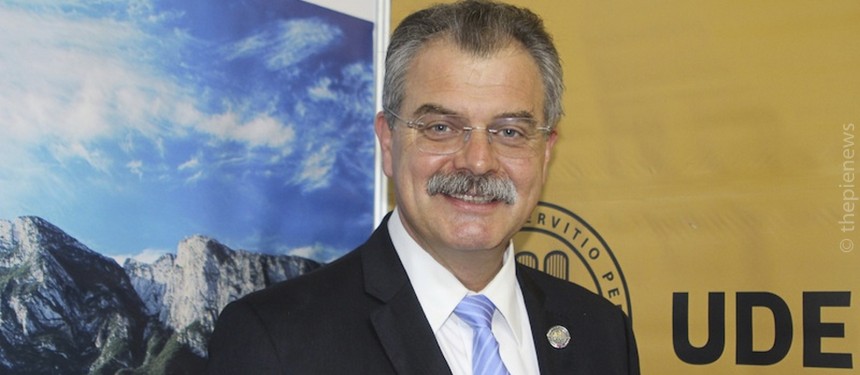TB: I started as co-ordinator of exchange programmes in 1997 and the objective at that time was to open up opportunities of exchange and study abroad for our students. That developed into a two-way scheme because we were interested in signing bi-lateral agreements to not only be in the sending business but also in the receiving business. Over 90% of the institution’s income is tuition driven so reciprocal exchanges implied the two flows of outgoing and incoming fees.
The PIE: Partnerships between universities seems to be a popular mechanism of internationalisation in Mexico in general.
“We need to retain as much talent as possible, we don’t want to send our students abroad so they become engineers or scientists in countries that have plenty already”
TB: I respect the countries that are very successful in attracting students like the US and Australia and UK but I’m more inclined at looking at horizontal schemes of cooperation, maybe because I’m based in a threshold country. We need to retain as much talent as possible, we don’t want to send our students abroad so they become engineers or scientists in countries that have plenty already. We want to send them there for their education and training but we also want them to come back to contribute to the development of our own country.
The PIE: What percentage of the UDEM student body participates in an exchange?
TB: Right now more than half, 53% to be exact, of the class of 2012 had a documented international experience at some point in time during their studies.
The PIE: That’s quite impressive, surely part of that success comes down to the trailblazing methods you’ve set up to measure the impact of a study abroad experience. How did that begin?
TB: As early as 2006 we saw tendencies to measure student learning outcomes in study abroad so we started using an instrument that measures intercultural sensitivity– the Intercultural Development Inventory (IDI). We started applying it in 2006 and until 2009 we had very consistent results which were not what we expected.
The PIE: What did you expect?
TB: I naively expected that whoever goes on study abroad comes back as a changed person, the experience having had a huge impact in his or her life. And at least as measured by the IDI over that four year period, it was very consistent that there was no measurable impact.
The PIE: How does the IDI measure the development of cultural sensitivity?
TB: It’s on a scale of five stages where a person moves from an ethnocentric mindset to a more ethno relative or intercultural mindset. During the initial four years, wherever the students were on the range of one to five, maybe two or three, it didn’t matter– they just came back from an exchange the same. Sometimes they even regressed on the scale due to maybe reverse culture shock.
The PIE: Now you do see a significant change in IDI scores. What changed?
I naively expected that whoever goes on study abroad comes back as a changed person
TB: After attending many conferences, speaking with experts, checking other universities’ experience we decided that the study abroad experience as such is not enough. You need a pedagogical intervention, you need to prepare the students for this. This was a starting point and we developed a programme which consists of three courses. One is a semester long that students take before going on study abroad, the second is an online based course that they take while they are abroad, and the third one is a face to face seminar once they are back.
We had always done the typical pre-departure orientation- two to three days looking at logistical aspects, academic information, visa procedures, what to pack. Now we have a semester long course where students look at the theoretical models of intercultural sensitivity, communication, adaptation. The results have been astonishing. Students who have taken this first course even before going on study abroad have had a significant change in their IDI scores.
The PIE: So just after taking the preliminary course students have already changed their thinking?
TB: Yes and that motivated us to open the course up to the student population in general by including it in UDEM’s co-curriculum. Maximising study abroad benefits has become one of our major efforts of what is called “internationalisation at home”. Although we have a high student participation rate, that still means that about half of our students are left out so this is also a way to engage them in intercultural competencies while they stay on campus.
The PIE: Tell me about the online activities students do while they’re studying internationally.
Related articles




Thank you for sharing a very thought-provoking article , which is bound to trigger further development of schemes which are used for enhancing internationalisation and international mobility.